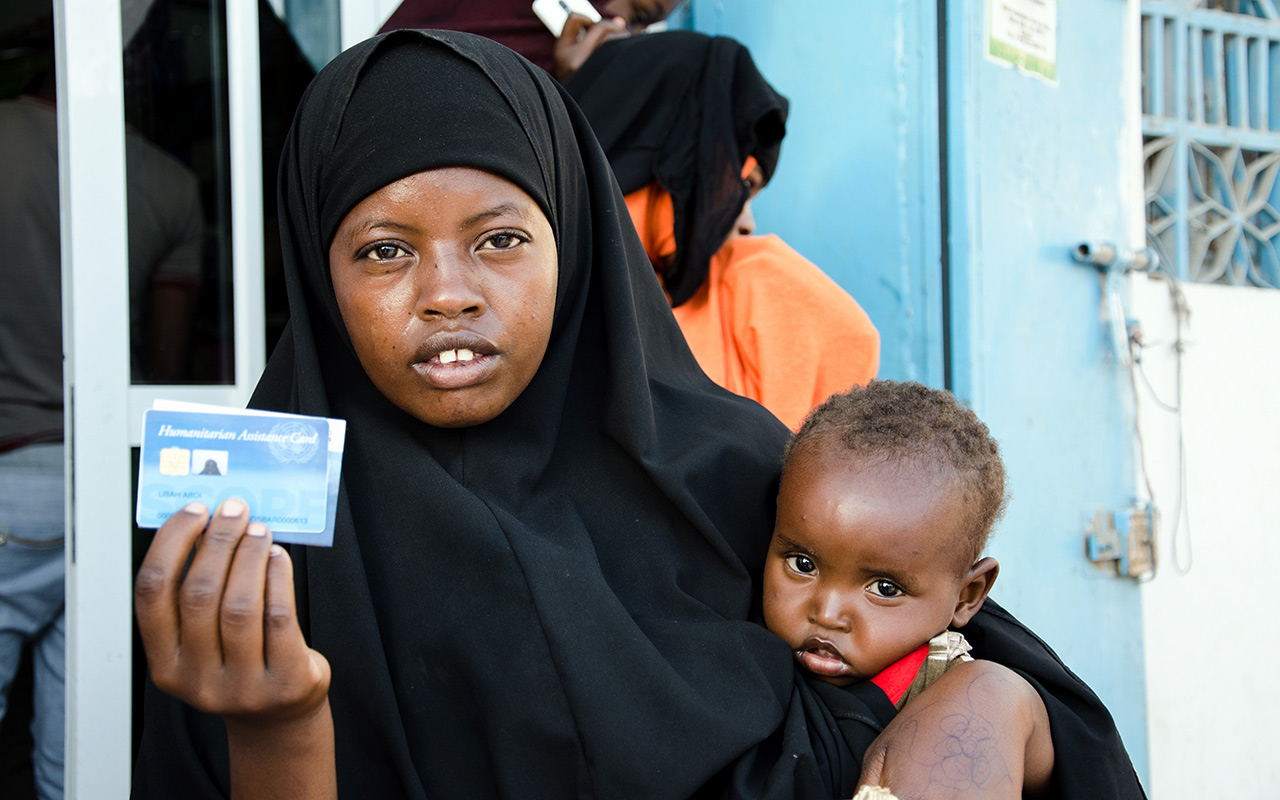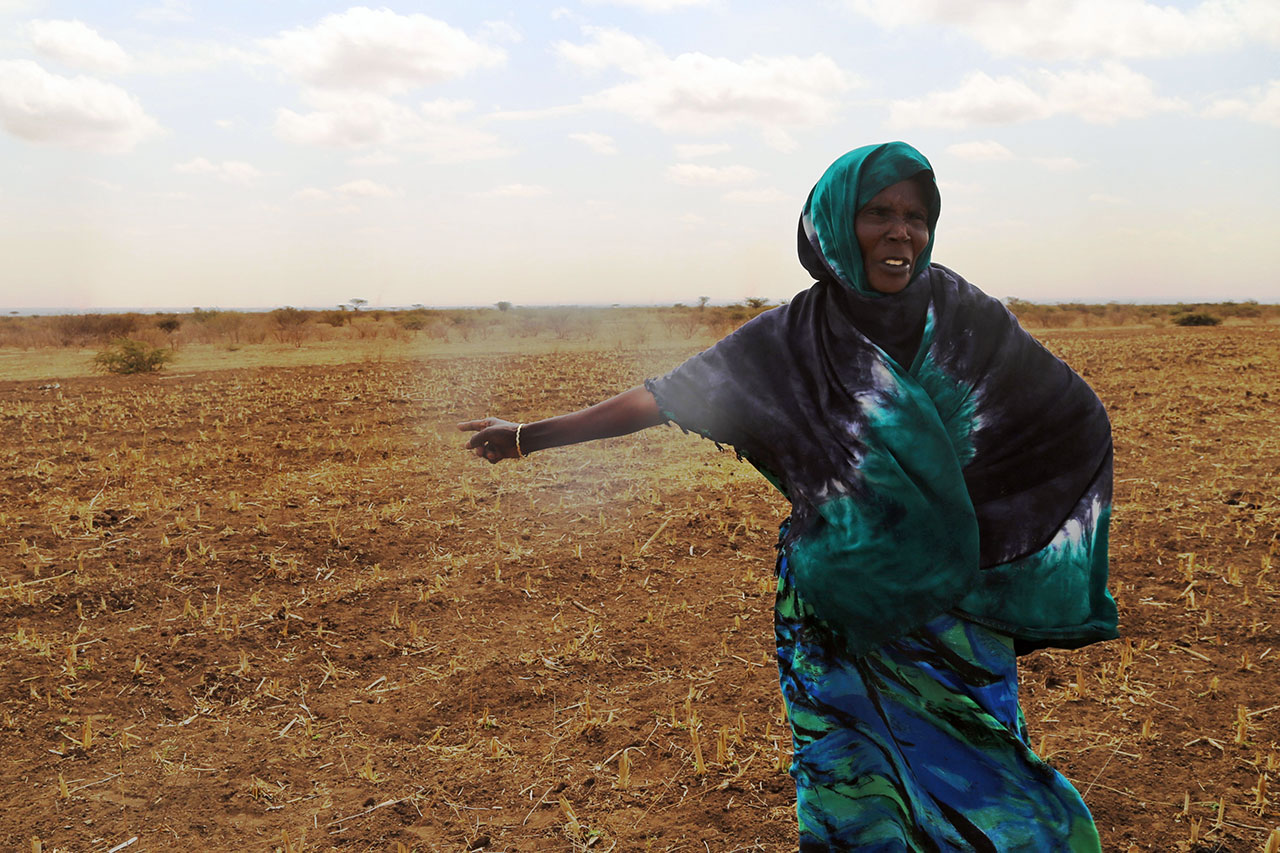Newsletter
Don't miss a thing!
We regularly provide you with the most important news, articles, topics, projects and ideas for One World – No Hunger.
Newsletter
Don't miss a thing!
We regularly provide you with the most important news, articles, topics, projects and ideas for One World – No Hunger.
Please also refer to our data protection declaration.
Hunger can be fought with more than just food: The UN World Food Programme (WFP) uses innovative methods to provide rapid assistance in times of crisis. If the local markets are still functioning and enough food is available locally, the WFP uses cash and vouchers. Those affected can decide for themselves which food they need most urgently and when, as demonstrated by the example of Somalia, in the Horn of Africa.

Cash and vouchers for people in need in Somalia
January 2016 to December 2018
Somalia/Horn of Africa
In the past 20 years, Somalia has been the scene of persistent violence, political instability and shocks to its climate and economy. This resulted all too often in hunger and malnutrition. About 40 per cent of Somalians are threatened by hunger.
But hunger is not necessarily caused by a lack of food: a lack of purchasing power may also be the problem. In cases where enough food is available locally but the people are unable to afford it, the WFP uses vouchers and cash transfers, e.g. in the form of electronic vouchers.

The program allows people to remain independent: they provide for themselves, prepare their accustomed dishes and buy fresh foods like vegetables that cannot be covered by traditional food rations.
The program also stimulates the local economy and allows WFP to save on the costs of shipping and storing the food, as well as structuring the aid more efficiently.
Another advantage of these programs, particularly in case of ongoing crises and after natural disasters, is that they give back a certain measure of normalcy and stability to those affected and help rebuild local infrastructure and markets.
In Somalia, most people live from livestock breeding or farming. When, in spring 2016, the rainy season never came in Somaliland, in the northern part of the country, the livelihoods of entire families were destroyed. Many were forced to sell their property and borrow money to buy food. The assistance provided by the WFP ensured that they did not have to resort to such drastic means to feed their children.

One of the participants in the program is Asha Mohammed Jama: "I've been living here for 35 years, but we have never experienced a drought like this before", she says. "In the past five years, there has been far too little rain. Nothing grows anymore and the animals are dying." The electronic voucher, which she uses to buy food in local stores, is a big help in a difficult time, as this is food she could not afford otherwise.